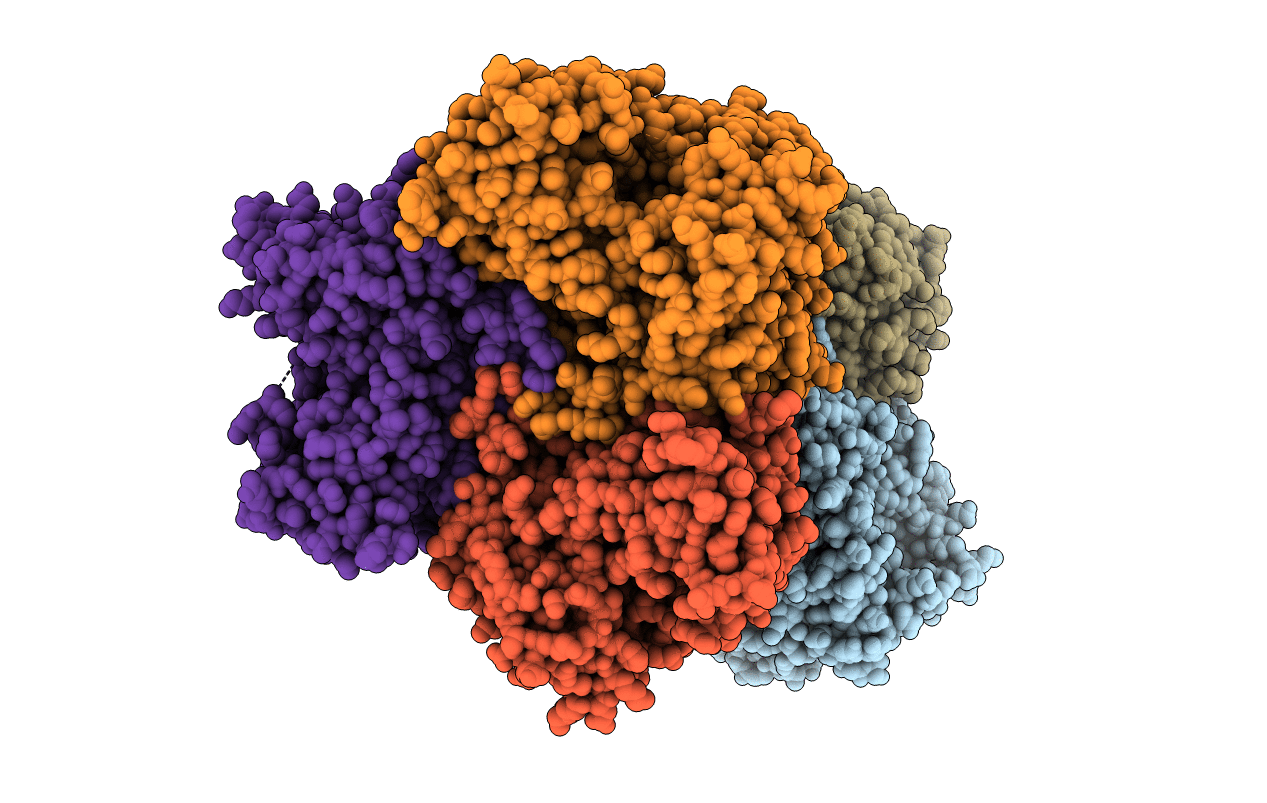
Deposition Date
2019-01-11
Release Date
2019-10-30
Last Version Date
2024-01-24
Method Details:
Experimental Method:
Resolution:
2.75 Å
R-Value Free:
0.25
R-Value Work:
0.21
R-Value Observed:
0.21
Space Group:
P 1 21 1


